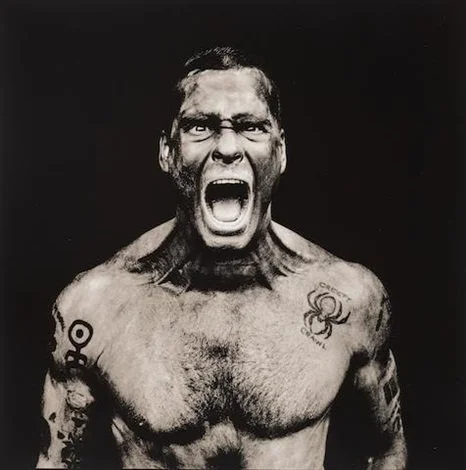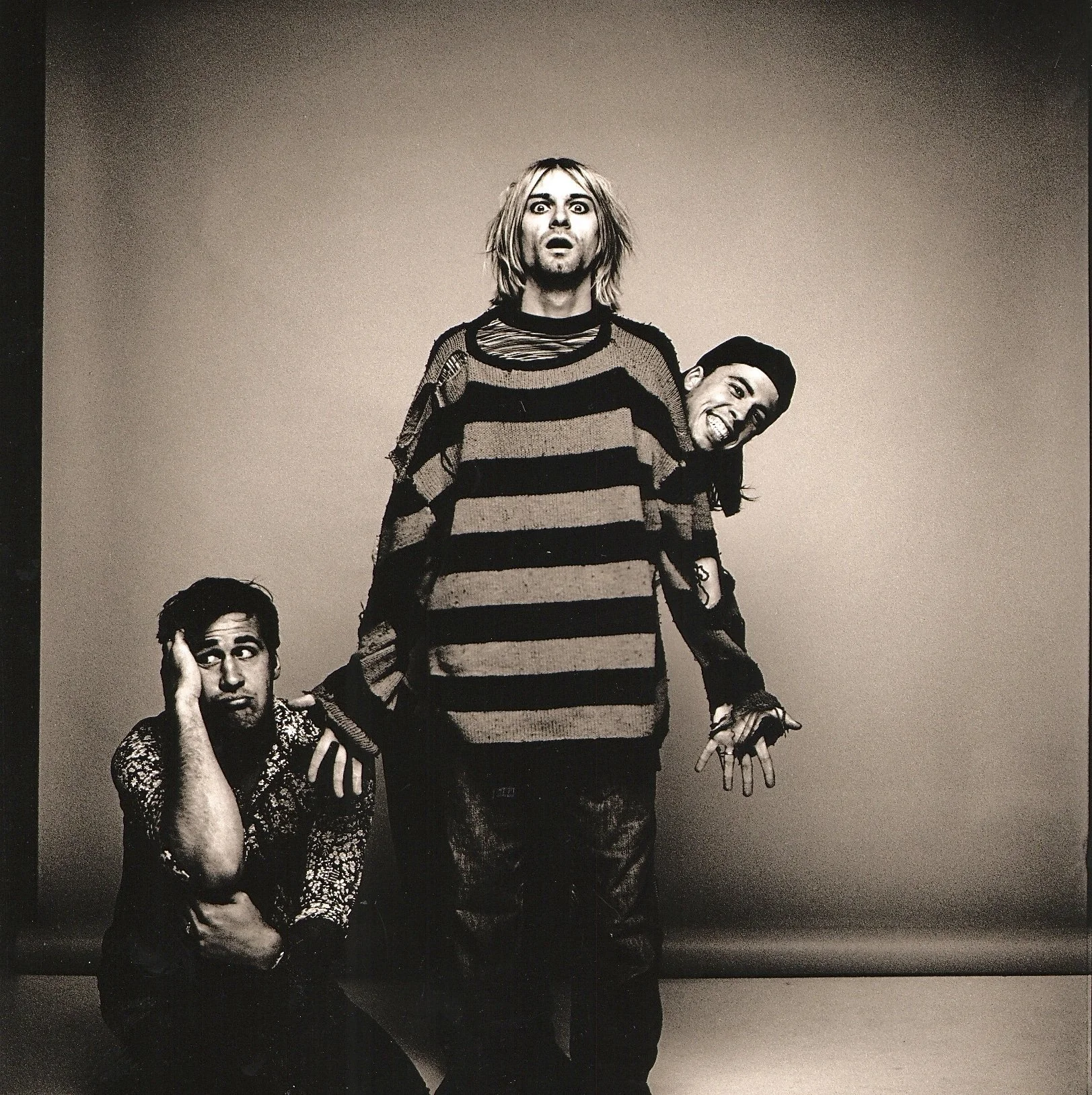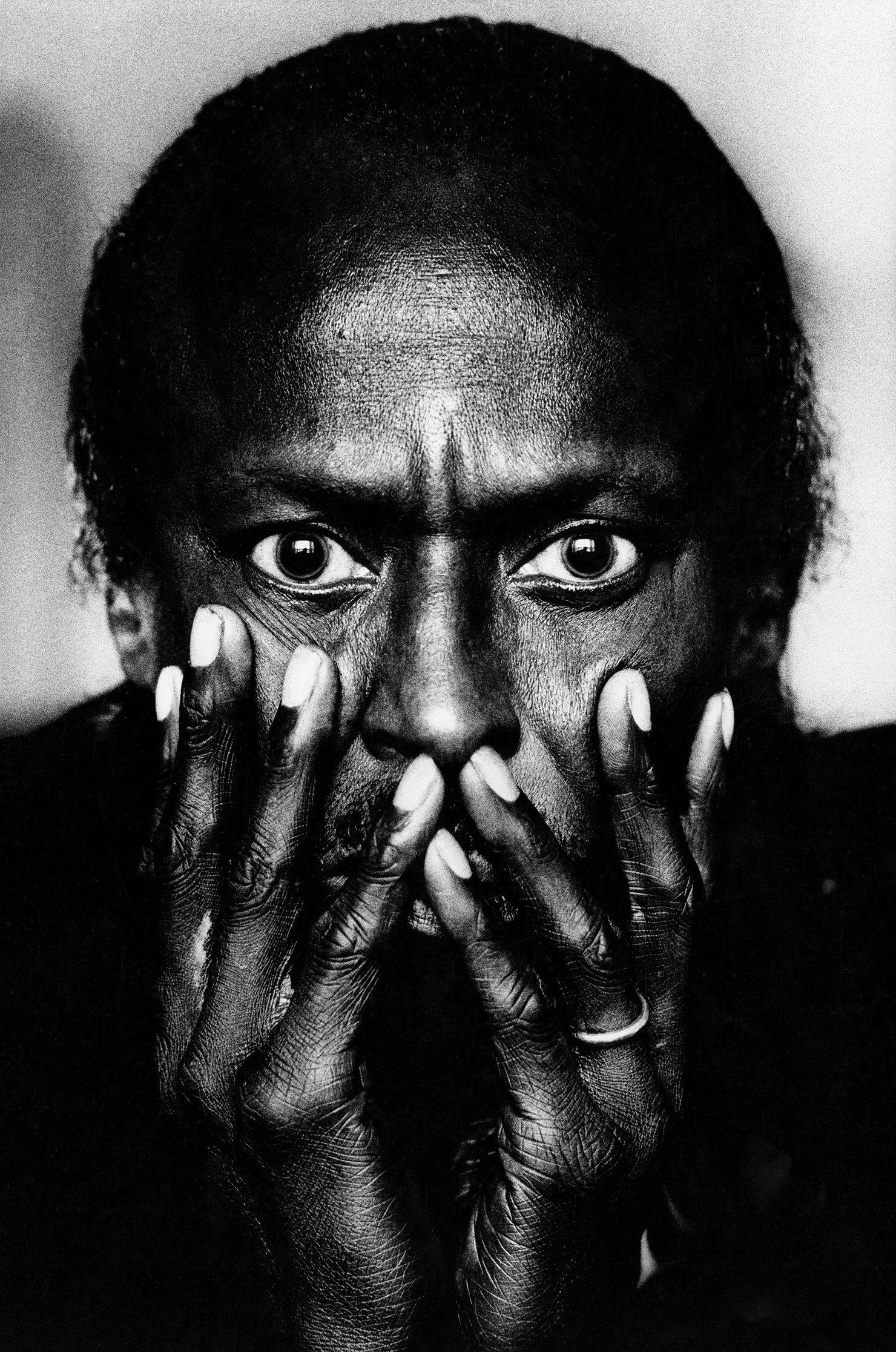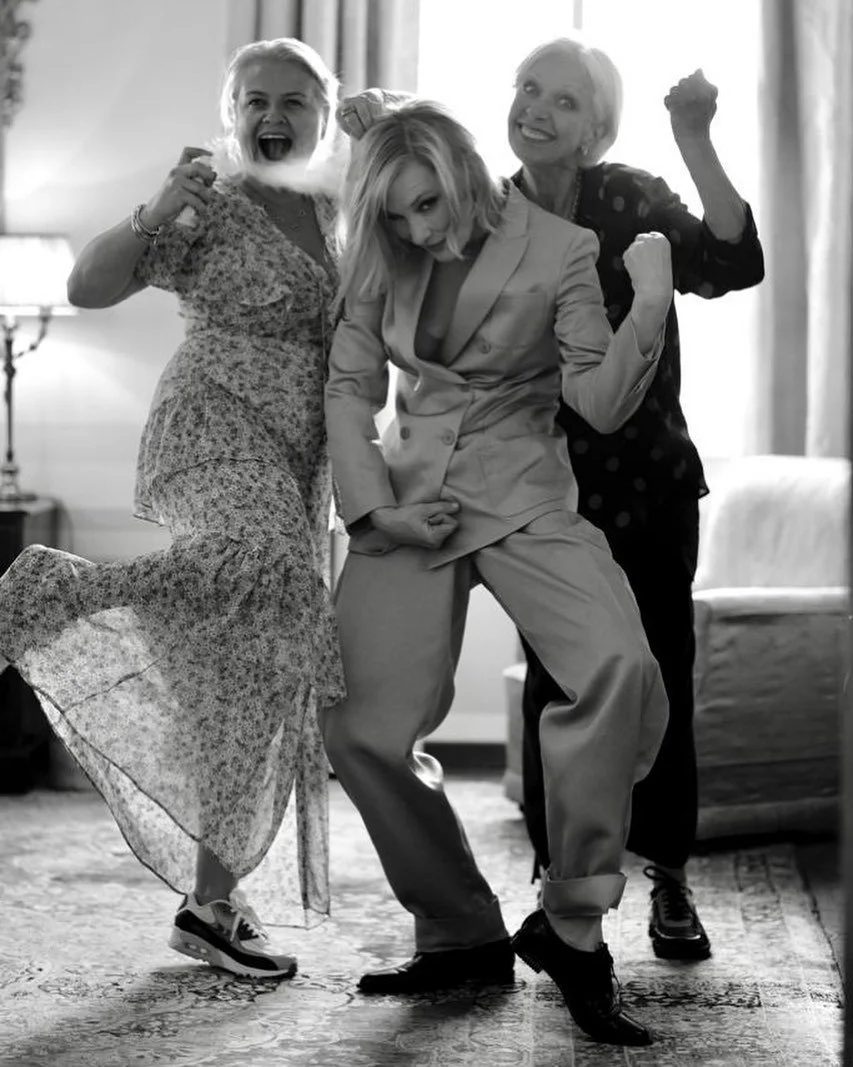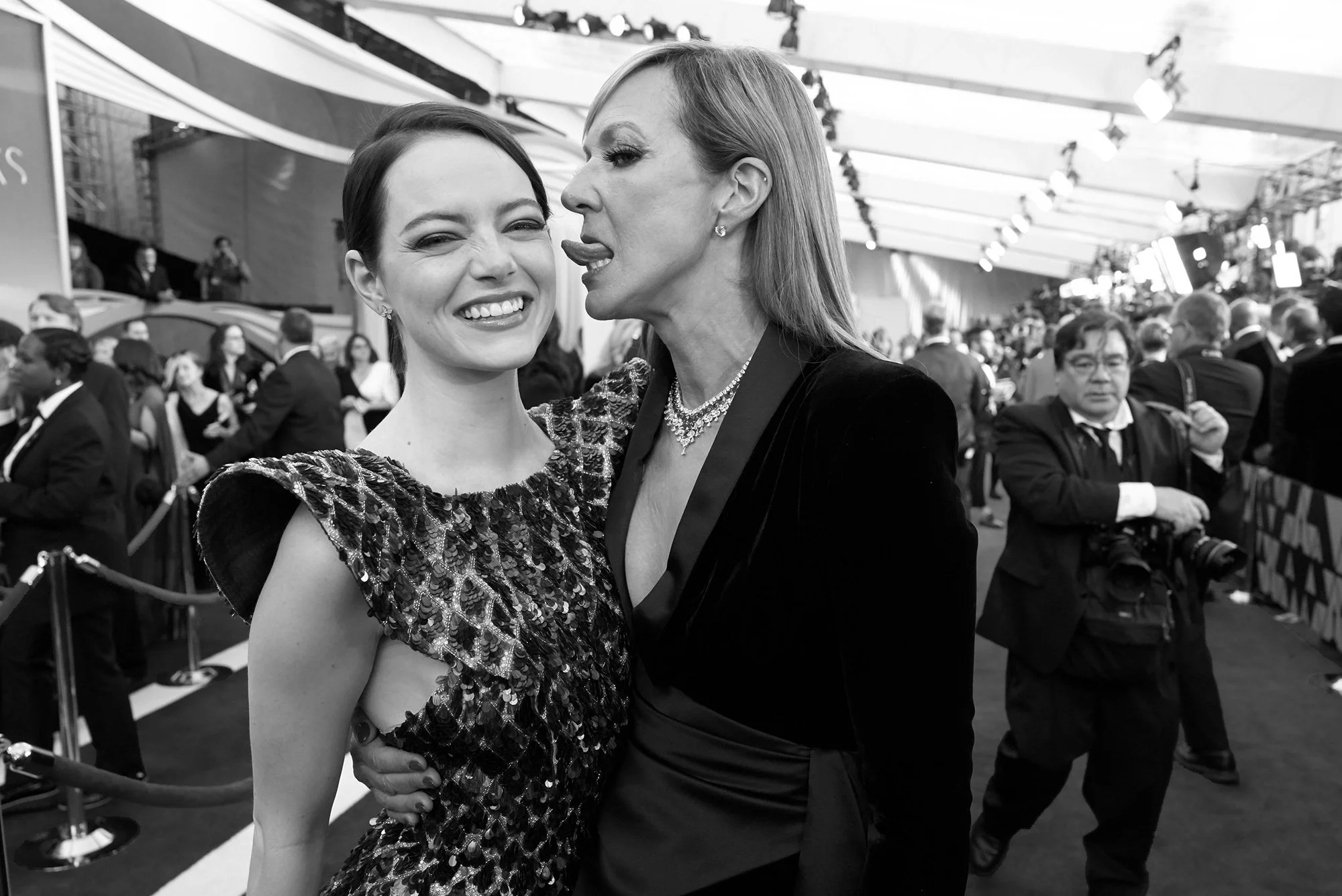Photographer’s effect
The presence of a camera or the photographer themselves undoubtedly influences the behavior of both people and animals. When someone realizes they are being photographed, their behavior often changes. People may start to smile, pose, hide their true emotions, or, conversely, open up, revealing their authentic self.
This phenomenon is widely recognized and utilized in various fields of life, often referred to as the
“observer effect”
In psychology, this effect is particularly noticeable in crisis situations, where people, aware of others' presence, are less likely to intervene — this is known as the "bystander effect." In quantum physics, observing subatomic particles can change their state, showing how even merely looking at an object can affect its properties. In sociology, social research is often skewed by the presence of an observer, who inadvertently influences the natural behavior of the subjects.
For photographers, understanding the observer effect is extremely valuable. It is a tool that allows for subtle manipulation of the scene and the behavior of the person being photographed, which, in the hands of a master, can lead to striking, deep, and authentic images. Great photographers understand how to use this effect to capture genuine, emotional moments or, conversely, create entirely new, artistic interpretations of reality. This knowledge allows them to push beyond conventional photography, creating works that transcend mere documentation and become art.
An ideal example of such a conscious photographer is Philippe Halsman (mentioned here), but today we will highlight two other figures: Anton Corbijn and Greg Williams. Despite a common theme, their impact on their subjects is evident, and through their skills, they have uncovered another side of photographic personalities.
A conscious photographer:
1. Understands that the presence of a camera influences the behavior of people and animals, which can change the way a moment is captured.
2. Can intentionally manipulate the atmosphere of a session to elicit specific emotions or reactions from the subjects, including encouraging posing or creating conditions that promote spontaneity, helping to achieve deeper and more authentic images.
3. Knows that this effect can be used to create more complex and artistic interpretations of reality.
Use this knowledge consciously but wisely.. inspired by Greatests.
Photos: Anton Corbijn (first row), Greg Williams (second row)
recomendations:
Anton Corbijn Homepage: http://antoncorbijn.com
Anton Corbijn interview: https://www.youtube.com/watch?v=vOqmWR9ZZ1Y
Anton Corbijn - style analize: https://www.youtube.com/watch?v=q2pbNGOuNkk
Greg Williams Homepage: https://gregwilliams.com
Greg Williams interview: https://www.youtube.com/watch?v=CmbV0CpLiUc
cover photo:


